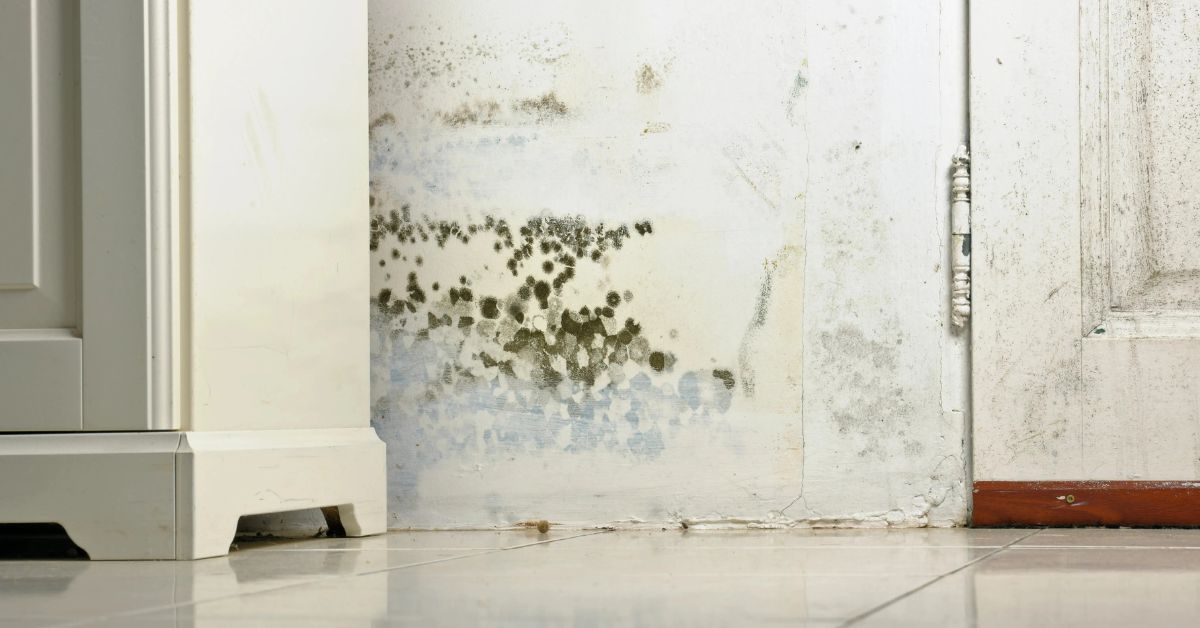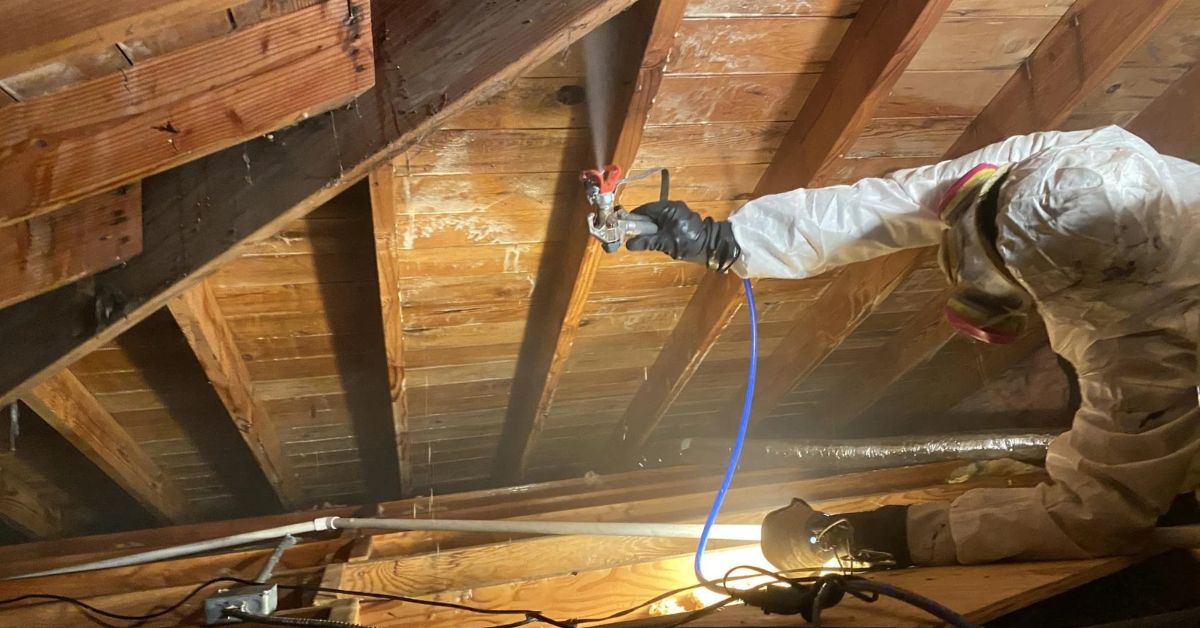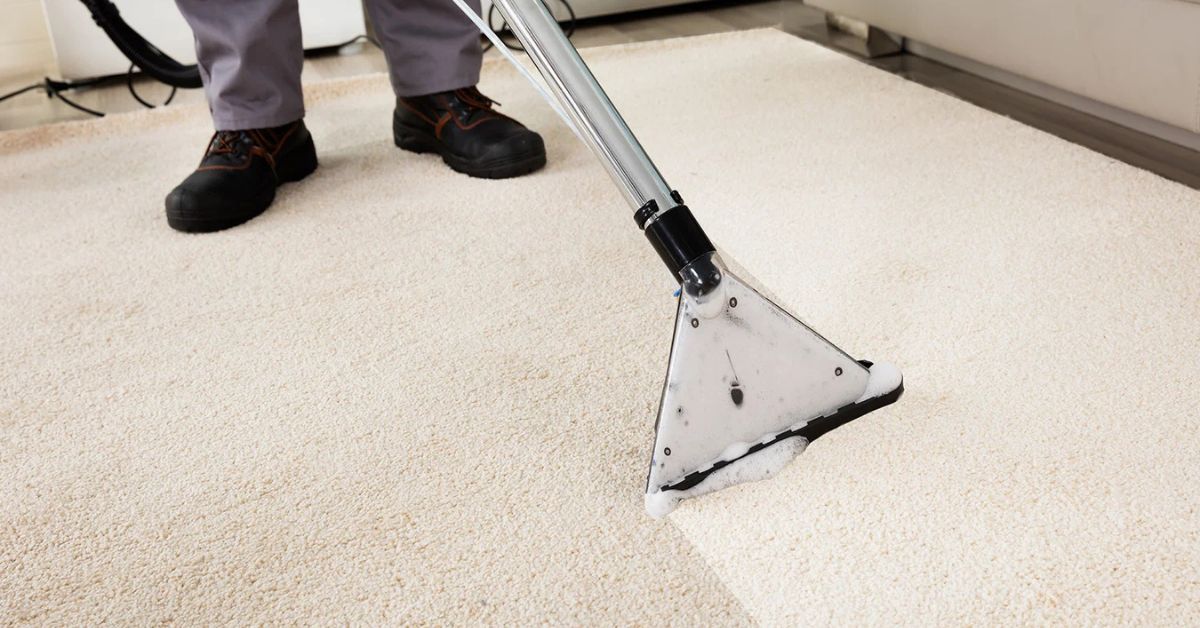Hidden mold can be quietly eating away at your home, without showing any obvious signs. It can be hidden behind the basement walls, dispersing spores through the air, and damaging your house. If you’ve detected a smell of mustiness or compromised immune responses to common allergens, it’s time to call in professionals.
So, keep reading to find out how experts detect mold in places you can’t see, and how to stop it in its tracks.
Mold on Basement Walls: A Hidden Threat to Health and Home
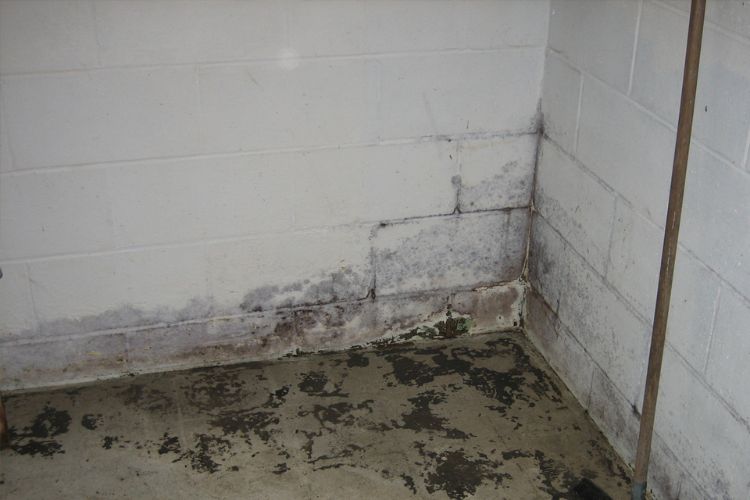
Basements can be one of the most mold-prone areas of homes. A mixture of moisture, little airflow, and cooler temperatures makes fungi ripe for growth. That is why, most of the time, there is a need for professional basement mold removal, as it does not address the problem itself, only the symptoms.
Mold Detector in Action: Tools Experts Trust to Find Hidden Growth
Professionals do not rely on guesswork when searching for mold; they utilize specialized tools that pinpoint the location of mold without requiring the demolition of walls. They map it out, identify the location of the moisture, and determine the best plan for remediation.
1. Moisture and Thermal Imaging
These tools detect dampness and temperature changes behind walls without causing damage. Moisture meters show exactly where water has been absorbed, while thermal cameras reveal cold spots where condensation might be hiding.
- Pin-style meters to test wall materials
- Infrared thermography to scan entire surfaces
- Best for finding mold on basement walls before it spreads
Thermal imaging is beneficial in finished basements, where drywall or paneling can hide water intrusion. Early detection here can prevent extensive damage later.
2. Air Quality Testing and Spore Traps
Air tests measure the number of mold spores floating indoors and compare it to outdoor air quality. Professionals use spore traps to capture microscopic particles that signal hidden mold growth.
- Air samples from various basement zones
- Results analyzed in certified labs
- A vital part of basement mold inspection procedures
Spore counts help determine whether mold is active behind walls or ceilings, even when no visible growth is present. This scientific approach makes the inspection process highly reliable.
3. Borescopes and Wall Cavity Inspection
A borescope is a small camera inserted into the wall through a pinhole, allowing visual access without complete demolition. It provides real-time imaging of mold growth inside cavities.
- Ideal for hard-to-reach spaces
- Minimally invasive technique
- Often operated by a certified mold removal specialist
Wall cavity inspections are a must when musty smells or symptoms persist without a visible source. These tools enable you to confirm mold presence with minimal disruption to your home.
The Hidden Truth: What a Basement Mold Inspection Uncovers
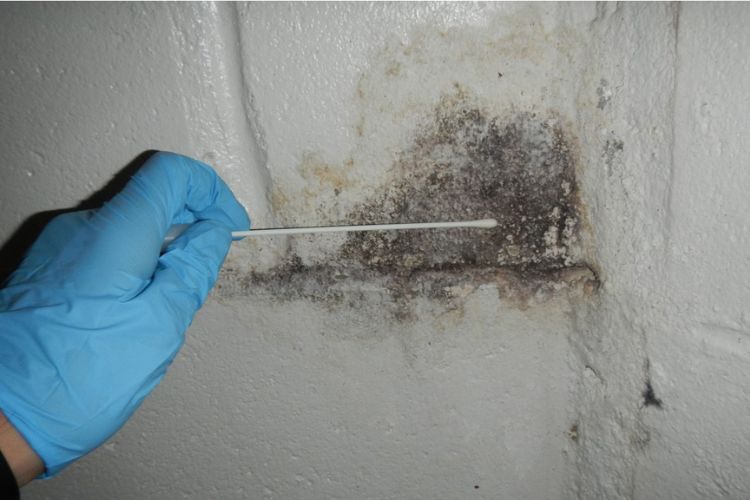
An expert mold inspection involves more than just a visual inspection of your walls; it’s a comprehensive diagnostic approach. Inspectors look for visible signs, test the air, check moisture levels, and collect samples to determine if your basement has mold on basement walls or deeper, concealed infestations.
1. Initial Walkthrough and Risk Assessment
The inspection begins with a detailed walkthrough of the basement. Inspectors note signs of water damage, discoloration, and conditions that are likely to encourage mold growth.
- Identify visible mold and musty odors.
- Check around windows, sump pumps, and pipes
- Record humidity levels and airflow issues
- Assess how widespread the problem might be
3. Targeted Testing in High-Risk Zones
Once high-risk areas are identified, professionals begin focused testing. This step is crucial in any basement mold inspection to ensure every hidden area is covered.
- Air sampling in corners and closed spaces
- Surface swabbing of suspect materials
- Using humidity sensors in multiple wall spots
- Moisture mapping to detect problem zones
4. Interpreting Lab Results
Collected samples are sent to a lab for analysis. Professionals then interpret the data to determine whether hidden mold is present and identify the species involved.
- Review of airborne spore levels
- Comparison with outdoor mold levels
- Risk scoring for each basement zone
- Recommendations for further action
5. Mold Detector and Strategy
After lab results are in, a mold detector strategy is reviewed and updated. Professionals tailor solutions based on findings and outline a remediation plan.
- Review findings with the homeowner.
- Determine affected square footage.
- Recommend treatment or removal plans
- Outline the timeline and safety measures
Ending Statement: When to Call a Professional
Invisible but damaging, hidden mold can silently destroy your basement walls and your family’s health. Knowing what professionals inspect and how they are able to identify mold matters! With tools like thermal imaging, moisture meters, and spore traps, every nook and cranny can be examined.
The certified team at Fresh Start Mold Removal pulls every resource to ensure your home is mold-free from the inside out. This includes mold detector technology and experience.
Your inspection will be detailed, efficient, and productive. Call us now!
FAQs
How do professionals detect hidden mold?
They use thermal imaging, moisture meters, borescopes, and lab-tested air sampling to locate mold behind walls.
Can I use a mold detector at home?
Yes, but professional tools are more sensitive and accurateideal for deep inspections.
How to detect mold inside walls without tearing them down?
Infrared cameras and borescopes enable experts to detect mold and assess moisture levels visually.
What does mold on basement walls look like?
You may see black, green, or white spots, bubbling paint, or cracked plaster.
How to get mold out of a basement?
Dry the area thoroughly, clean all surfaces, use mold-resistant paint, and consult professionals for large infestations.

